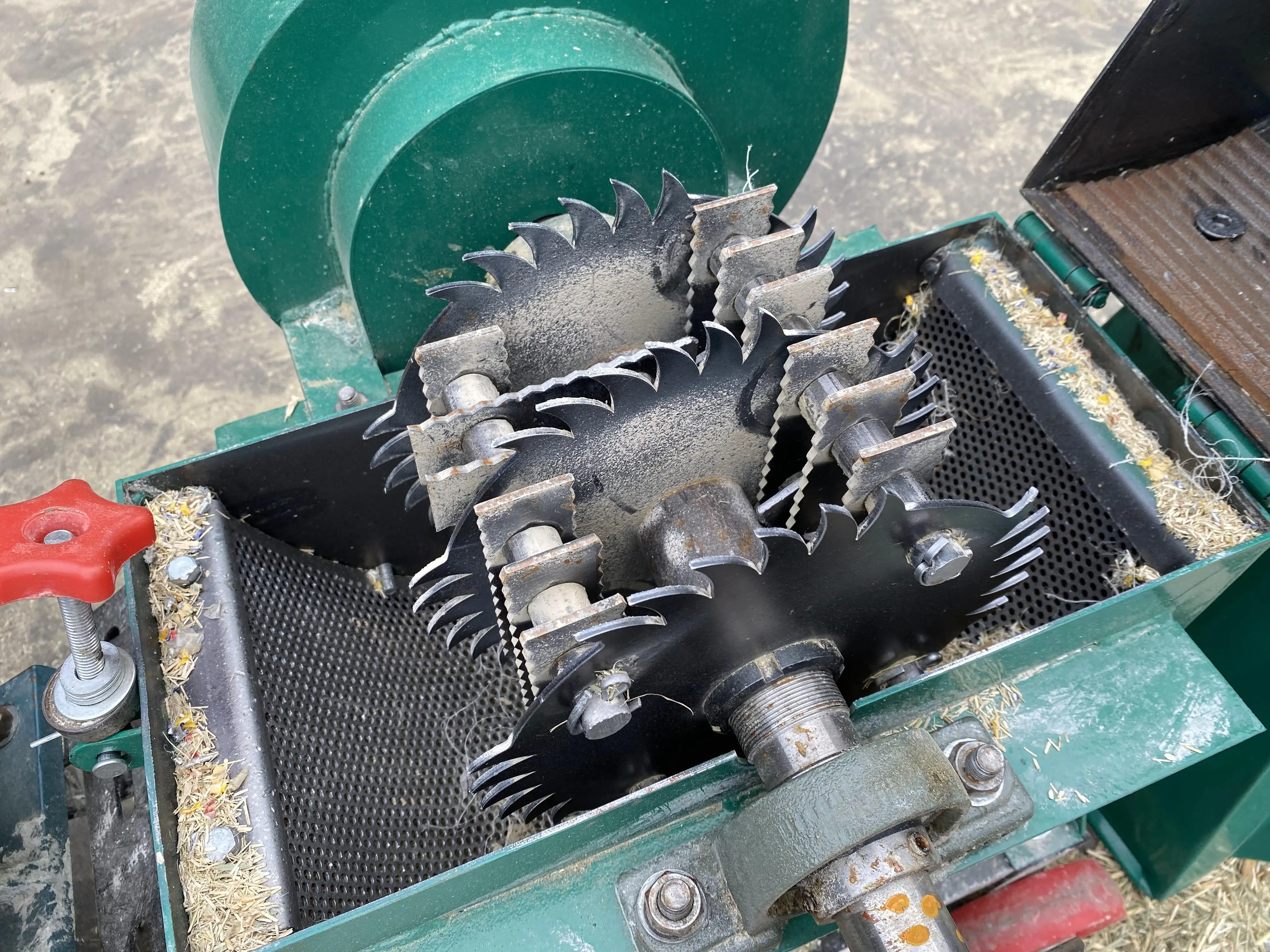Enhancing Greenhouse Cooling with Effective Evaporative Pads for Optimal Plant Growth
Dec . 10, 2024 02:29 Back to list
Enhancing Greenhouse Cooling with Effective Evaporative Pads for Optimal Plant Growth
Evaporative Cooling Pads Enhancing Greenhouse Efficiency
In the quest for optimal plant growth and productivity, greenhouse management has become increasingly sophisticated. One of the key elements that can significantly impact the internal climate of a greenhouse is temperature regulation. Among various cooling techniques, evaporative cooling has emerged as a popular choice due to its efficiency and cost-effectiveness. At the heart of this method are evaporative cooling pads, which play an essential role in maintaining an ideal environment for plant cultivation.
Understanding Evaporative Cooling
Evaporative cooling is a natural process that utilizes the principles of water evaporation to cool the air. When water evaporates, it absorbs heat from the surrounding environment, resulting in a drop in temperature. This principle is harnessed in greenhouses, where high temperatures can hinder plant growth and lead to increased water demand, nutrient uptake issues, and even plant stress.
How Cooling Pads Work
Cooling pads are typically made from absorbent materials such as cellulose, coir, or synthetic fibers. They are placed in the ventilation system of a greenhouse, where they are continuously saturated with water. As air passes through these pads, the water evaporates, cooling the air before it enters the greenhouse. This process not only lowers the temperature but also increases humidity levels, creating a more favorable environment for many plants.
Benefits of Using Evaporative Cooling Pads
1. Energy Efficiency One of the primary advantages of evaporative cooling pads is their energy efficiency. Unlike traditional air conditioning systems that rely on electricity to cool the air, evaporative cooling systems use significantly less energy. As a result, they can lead to lower operating costs, reducing the overall energy footprint of the greenhouse.
2. Cost-Effectiveness Initial installation costs for evaporative cooling pads are generally lower than those for conventional cooling systems. Additionally, the long-term savings on energy bills can make them a financially viable option for greenhouse operators.
greenhouse evaporative cooling pads

3. Improved Air Quality The evaporation process increases the humidity inside the greenhouse, which can be beneficial in dry climates. Adequate humidity levels help prevent plant stress and improve nutrient absorption. The cooler air also enhances photosynthesis, leading to healthier plants and potentially higher yields.
4. Environmental Benefits Due to their reliance on water evaporation rather than chemical refrigerants, evaporative cooling pads are more environmentally friendly. They contribute to a reduction in greenhouse gas emissions, aligning with sustainable agricultural practices.
5. Versatility Evaporative cooling systems can be designed for various greenhouse sizes and types, making them a versatile option for different agricultural needs. Whether operating a small-scale hobby greenhouse or a large commercial facility, growers can tailor cooling solutions to their specific requirements.
Maintenance and Considerations
While evaporative cooling pads offer numerous benefits, they do require regular maintenance to ensure optimal performance. Pads need to be cleaned and replaced periodically to prevent mold and algae growth, which can compromise their efficiency. Additionally, the water supply should be regularly monitored for quality to avoid contaminants that could affect plant health.
Another consideration for greenhouse operators is the climate in which they are located. In humid environments, the effectiveness of evaporative cooling may be reduced, and growers may need to implement alternative cooling strategies or enhance airflow to maintain optimal conditions.
Conclusion
Evaporative cooling pads are an invaluable tool for greenhouse management, providing an energy-efficient and cost-effective solution to temperature regulation. By harnessing the natural process of evaporation, these pads help create an ideal microclimate for plant growth, ultimately leading to healthier plants and improved yields. As the agricultural industry continues to seek sustainable practices, the adoption of evaporative cooling technology is expected to rise, reinforcing its relevance in modern horticulture. With proper maintenance and consideration of climatic factors, greenhouse operators can fully take advantage of this innovative cooling method, ensuring a thriving agricultural environment for years to come.
-
Hot Sale 24 & 18 Door Rabbit Cages - Premium Breeding Solutions
NewsJul.25,2025
-
Automatic Feeding Line System Pan Feeder Nipple Drinker - Anping County Yize Metal Products Co., Ltd.
NewsJul.21,2025
-
Automatic Feeding Line System Pan Feeder Nipple Drinker - Anping County Yize Metal Products Co., Ltd.
NewsJul.21,2025
-
Automatic Feeding Line System - Anping Yize | Precision & Nipple
NewsJul.21,2025
-
Automatic Feeding Line System - Anping Yize | Precision & Nipple
NewsJul.21,2025
-
Automatic Feeding Line System-Anping County Yize Metal Products Co., Ltd.|Efficient Feed Distribution&Customized Animal Farming Solutions
NewsJul.21,2025






